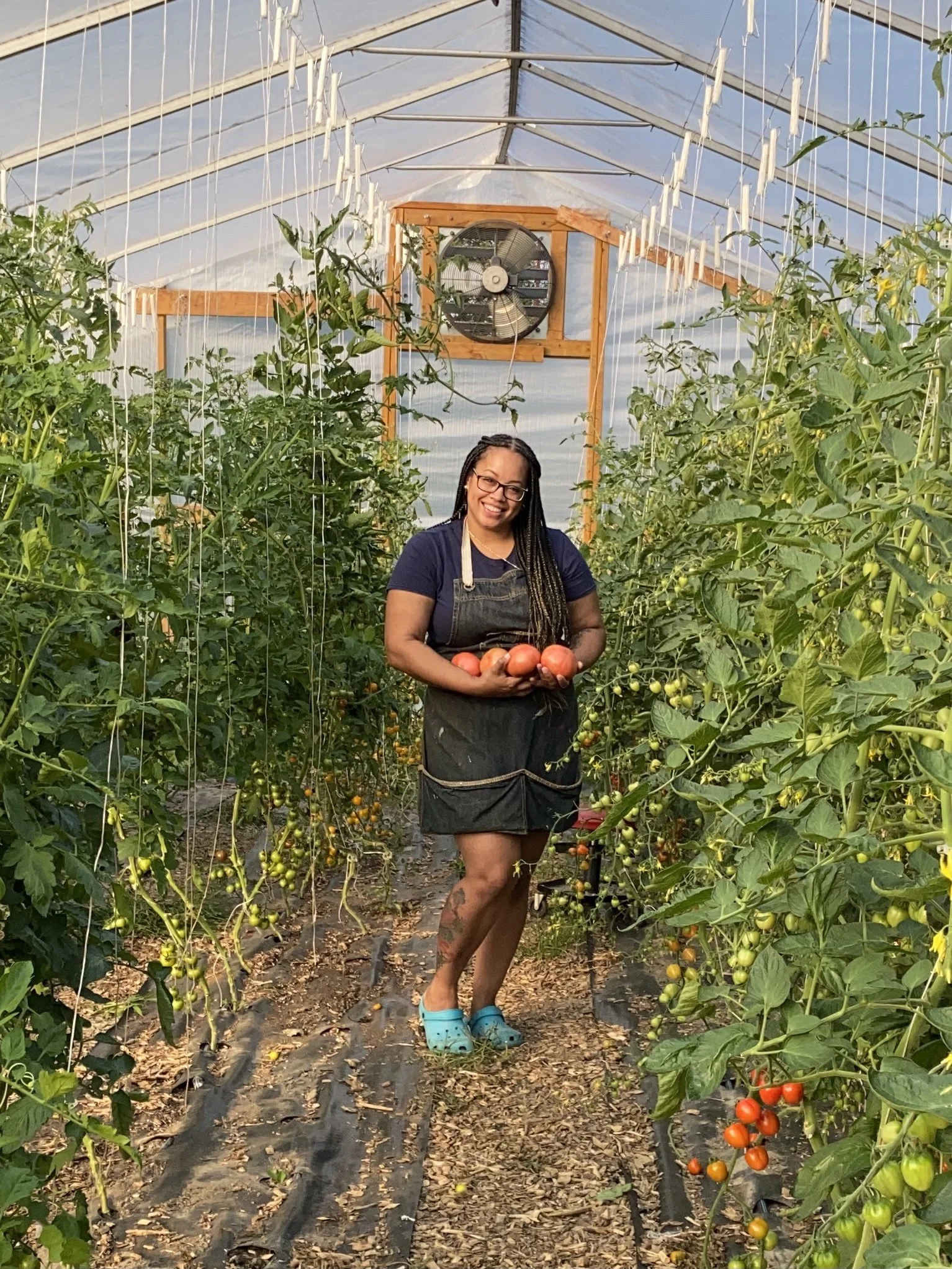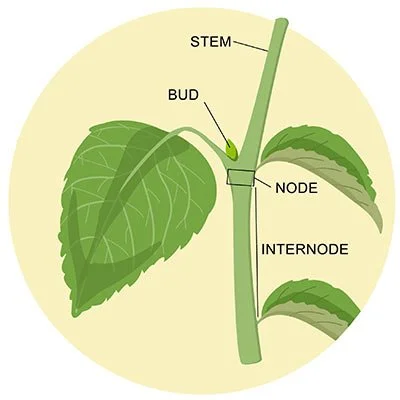Spliffany Explains: Growing Outdoors
2022 is upon us and for most Canadians it means we are once again allowed the opportunity to grow up to 4 cannabis plants outdoors. While growing your own cannabis can seem intimidating, with the right care and maintenance, it is honestly no harder than growing tomatoes! As a grower of both cannabis under an ACMPR licence and a small-scale vegetable farmer, I feel I can say that!
Now, some growers will tell you that their methods of growing are the best and they may be right! But I truly believe a great grower knows we all do things differently and like a recipe, all instructions are meant to be tweaked to your liking. The steps below are meant to serve as a guide when growing outdoors. You know your microclimate best and should always feel free to adjust based on your preferences and environment.
Grow Tips (based on feminized seeds)
I start my seeds indoors around 6-8 weeks before the last frost. Check your hardiness zone (see link for map below) to find out when that might be.
I like to place my seeds in between two wet pieces of paper towel (place in a sealable bag to retain moisture) or I add the seeds to about an inch of water in a small container, keeping a close eye on them daily until they split and are ready for planting.
I prefer to place my seeds in a space that is slightly warmer in temperature. If the area is too cold it could prevent the seeds from germinating.
Soil- There are a bajillion soil options out there and while making your own mix is always a great option (recipe below), it isn’t always ideal or practical for folks, so any organic soil mix you can find will do. I love coconut coir as an all natural growing medium for easy drainage.
Once my seeds have begun to germinate I place them in 4-6inch pots with my soil mix and put them under a typical grow light (T4) or LED light. You could also place your seedlings by a sunny window in a warm room if that’s all you have access to, being mindful that you want to make sure your plants (while in their vegetative state) are getting at least 16 hours of light and 8 hours of darkness. Less than 14-16 hours of light could potentially stress your plants and trigger them into thinking they are going into their flower stage early, which you don’t want quite yet!
**An alternative to this stricter light cycle could be growing autoflower seeds. Autoflowers are genetically programmed to automatically go into their flower stage after a specific time frame (usually 7-10 weeks from seed to harvest) no matter their light cycle. This is also a great option for anyone looking to harvest multiple times throughout the outdoor growing season. ***
After about 6-8 weeks, I want to begin hardening off my seedlings by introducing them to the outdoors. I place my plants in an area protected from wind and with indirect sunlight for a few hours each day and bring them indoors in the evenings, expanding the amount of time each day. Hardening off your seedlings allows them the opportunity to build strength and acclimate to the harsher conditions outside your home. Doing this for a week or so will significantly increase your plants chances of survival.
Once my plants are ready to be planted outdoors, I like to pick a spot with at least 12 hours of direct sunlight and place them 4 to 6 feet apart as they will definitely fill out the space as they grow. I like to add a small layer of straw (you can use raked up leaves or any other organic mulch as well) around the base of my seedlings as a protection barrier for the soil from the weather elements and to help retain moisture within the soil between waterings.
If your schedule allows it, remember to check in on your plants daily. This will allow you to catch any possible issues early that may arise during the growing season.
After your plants have about 6 nodes of growth (see pics below) you will want to “top” your cannabis plants in order to promote lateral growth and an overall bigger and better yield.
Companion plants such as Dill, Lavender, Chamomile, Sweet Basil, Marigolds, Borage, and Lemon Balm are a great way to naturally deter pests away from your cannabis, attract beneficial insects, and improve the quality of the surrounding soil. Plant some of these around your cannabis for added protection.
I monitor the weather for rainy days and adjust my watering schedule as needed. If you see no rain in the forecast for quite some time then give your gals a drink. Do not overwater. They don’t like it. Similar to tomatoes, cannabis prefers bottom watering. Too much overhead watering can lead to bud rot, powdery mildew or burnt leaves (if the sun is out).
When it comes to nutrients, less is more. I think this is also a personal choice and up to the individual if they would like to give their plants a boost throughout their growing season. Some organic options are feeding your plants molasses(dark) or real maple syrup throughout their life cycle. They are packed with minerals and sugars that can increase your plants yield while offering beneficial bacteria and fungi to the surrounding soil. Add 4–5ml of molasses/maple syrup per litre of water, stir thoroughly and apply to the base of your plants. Maintain this concentration throughout the vegetative phase and apply 1–2 times per week. Make sure to keep a close eye out for any signs of nutrient burn and dial back your feeding if need be. Increase the dose to 8–10ml during the flowering stage to meet your plants increased demand for potassium.
Pollination is always a risk when planting cannabis outdoors. If there are any male plants releasing pollen within a 16km+ radius of your gals, you could end up with a fertilized crop, which you want to avoid. All is not lost if this does happen though! You could still harvest the plants and use them for juicing or making topicals. Check the link below that has some helpful information on how to identify a male vs female plant and what to look for during the growing season.
I hope these few tips will help guide you along your outdoor growing journey and continue following us for part two of this blog in the early fall, when we will be talking about harvesting and curing tips! Happy planting, everyone!!
Helpful Links
(Check Last Frost Date Here)
https://www.almanac.com/gardening/frostdates
(Hardiness Map)
http://planthardiness.gc.ca/?m=1
(How To Make Your Own Soil)
https://www.leafly.ca/news/growing/building-organic-soil-for-cannabis
(How to identify male vs female plants)
https://wayofleaf.com/cannabis/growing/is-your-cannabis-plant-male-or-female


